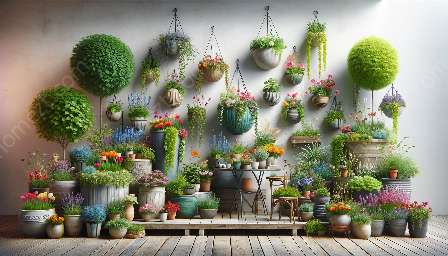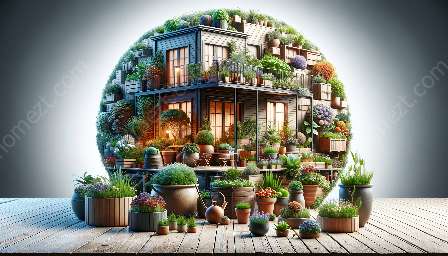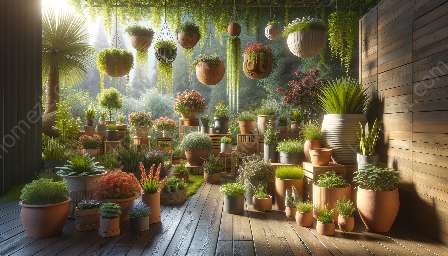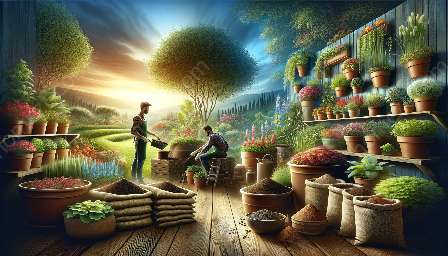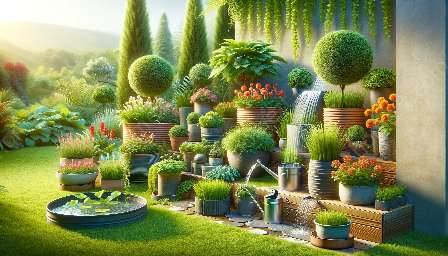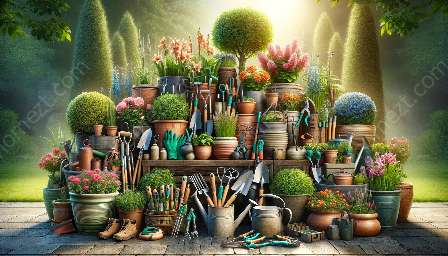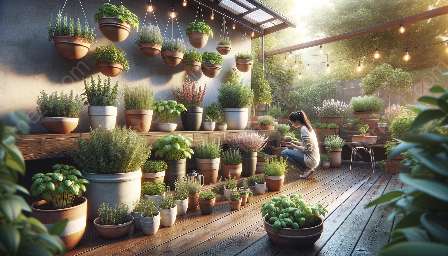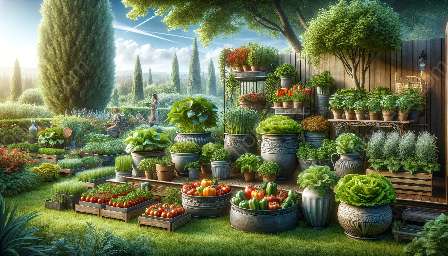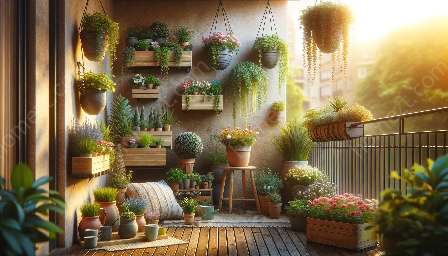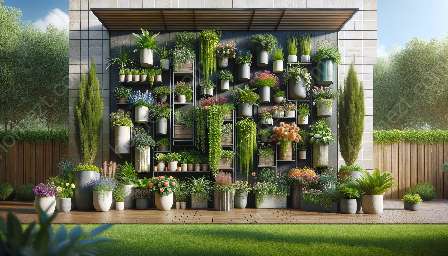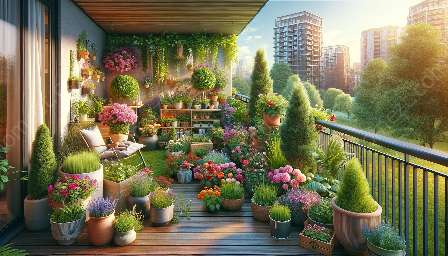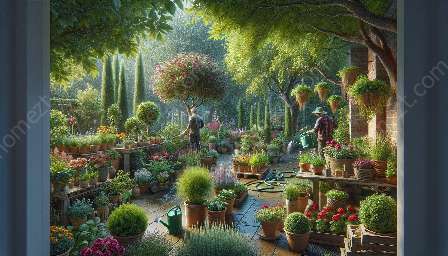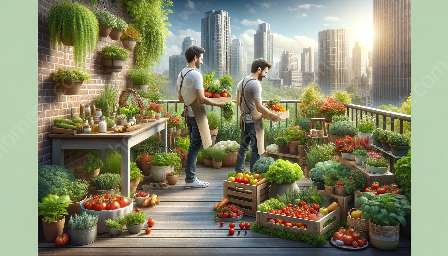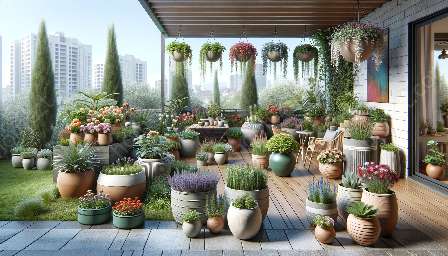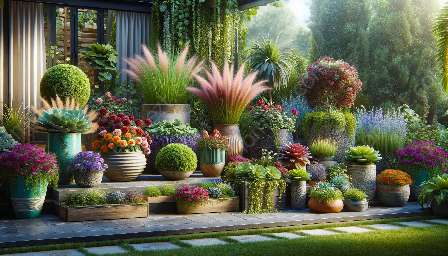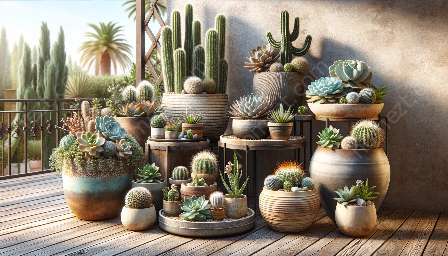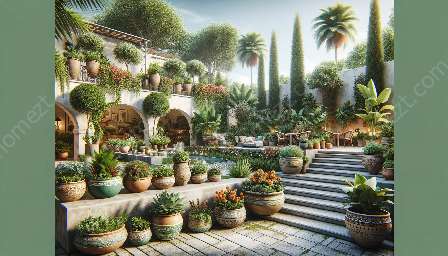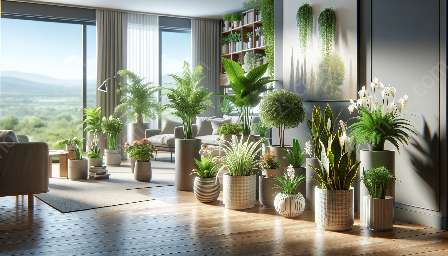Container gardening has gained popularity among gardening and landscaping enthusiasts who seek to grow plants in limited spaces such as balconies, patios, and small urban areas. To make the most of this form of gardening, it is essential to have the right tools and equipment. In this comprehensive guide, we will explore the essential items needed for successful container gardening, providing insights into their uses and benefits.
Essential Tools for Container Gardening
When it comes to container gardening, having the right tools can make the difference between a thriving garden and a struggling one. Here are some essential tools and equipment to consider:
Pots and Containers
The foundation of container gardening, pots and containers come in various shapes, sizes, and materials. It's essential to choose containers that provide adequate drainage and space for the plants' roots to grow. Options include terracotta pots, plastic containers, hanging baskets, and window boxes.
Soil and Compost
High-quality soil and compost are crucial for container gardening success. Look for well-draining potting mix that provides the necessary nutrients for plant growth. It's also advisable to have organic compost on hand to enrich the soil and improve overall plant health.
Hand Trowel and Transplanting Tools
A hand trowel is a versatile tool for container gardening, used for planting, transplanting, and scooping soil. Additionally, having transplanting tools such as a dibber or seedling dibble can aid in carefully moving plants without damaging their roots.
Watering Can or Hose
Effective watering is essential for container gardening. A watering can with a narrow spout allows for precise watering, and for larger gardens, a hose with an adjustable nozzle can be beneficial. Consistent and adequate watering is key to maintaining healthy plants.
Pruning Shears and Scissors
To ensure the health and appearance of your container garden, investing in a pair of pruning shears and scissors is important. These tools can be used to trim dead or overgrown foliage, encourage new growth, and shape plants as needed.
Supports and Trellises
For plants that require support, such as climbing vegetables or vining flowers, having stakes, cages, or trellises is essential. These structures help maintain plant integrity and optimize space within the containers.
Fertilizer and Plant Food
Supplemental nutrition is often necessary for container plants, as the confined space limits access to natural nutrients. Choose a suitable fertilizer or plant food that meets the specific needs of your plants, providing essential nourishment for healthy growth.
Choosing the Best Tools for Your Container Garden
When selecting tools and equipment for your container garden, consider the following factors:
- Size and Type of Containers: Tailor your tools to the size and type of containers you plan to use, as different materials and sizes may require specific tools for maintenance and care.
- Plant Selection: The type of plants you intend to grow will influence the tools you need. For example, plants with deep roots may require deeper pots, while vining plants will benefit from suitable supports.
- Climate and Environmental Considerations: Take into account the climate and environmental conditions of your location when choosing tools. For instance, in hot and dry climates, tools for efficient watering and soil moisture management are essential.
- Quality and Durability: Invest in high-quality tools that will withstand the demands of container gardening. Durable, well-crafted tools can offer long-term value and performance.
Maximizing Your Container Gardening Experience
With the right tools and equipment in hand, you can maximize your container gardening experience by:
- Regular Maintenance: Tend to your container garden regularly, ensuring that plants are watered, fed, and pruned as needed to promote healthy growth and blooming.
- Monitoring Soil Moisture: Use tools such as a moisture meter to monitor the moisture levels of the soil, ensuring that plants are not overwatered or underwatered.
- Adapting to Changing Seasons: Adjust your gardening approach as seasons change, considering factors such as temperature, sunlight, and plant dormancy for optimal care.
- Experimenting with New Plants: Explore diverse plant options and experiment with different combinations in your containers, expanding your gardening knowledge and skills.
- Seeking Professional Advice: Consult with gardening experts or join communities to learn from experienced container gardeners, gaining valuable insights and tips.
Conclusion
Container gardening tools and equipment play a vital role in creating a successful and enjoyable gardening experience. By selecting the right tools, understanding their uses, and implementing best practices, you can transform limited spaces into flourishing gardens. Whether you are new to container gardening or seeking to enhance your existing setup, having the appropriate tools and equipment is key to nurturing healthy and vibrant plants.

